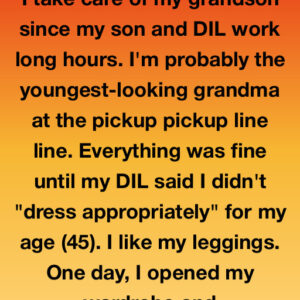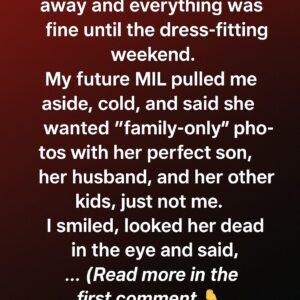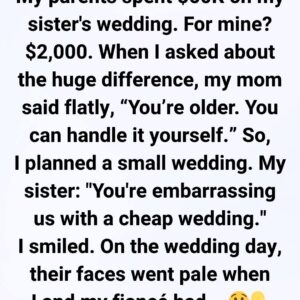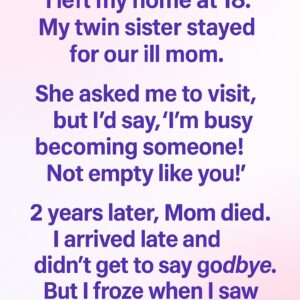I almost scrolled past Kera’s photo—her kids in a field—until I noticed the little girl in yellow boots.
She wasn’t smiling. Her dress caught my eye: blue gingham with a red apple. I’d seen it before—on a missing child flyer. Ava M. Gordon, age 3. Shaken, I messaged Kera. Her answers were vague. “Hand-me-downs,” she claimed.
But something felt off.
The girl didn’t look like Kera’s youngest.
I called Tulsa police.
They’d already received tips.
Hours later, detectives confirmed it: the girl was Ava. Safe, but scared. Kera was taken into custody—but it wasn’t what it seemed.
A woman named Marla, claiming to be Ava’s aunt, had left her with Kera, who believed the story.
Marla turned out to be Ava’s biological mother who had lost custody and kidnapped her from a foster home.
Charges against Kera were dropped. She’d cared for Ava, unaware she was missing.
She cried when I visited. “I just wanted to help,” she said. Weeks later, Ava was reunited with her foster family.
The viral photo led to her rescue. Kera was praised and criticized, but she only cared that Ava was safe.
A handwritten note from Ava—thanking Kera for pancakes and kitchen flowers—now sits by Kera’s bed.
Inspired, Kera became a certified foster parent. Six months later, she welcomed two more children.
Ava was adopted, and Kera was invited to the ceremony. They posed for a new photo—this time, Ava smiling in a purple dress.
That dress changed everything. All because someone paid attention—and spoke up.





